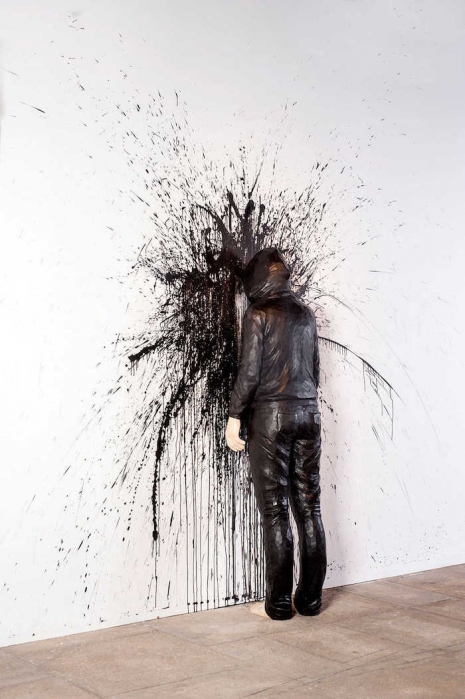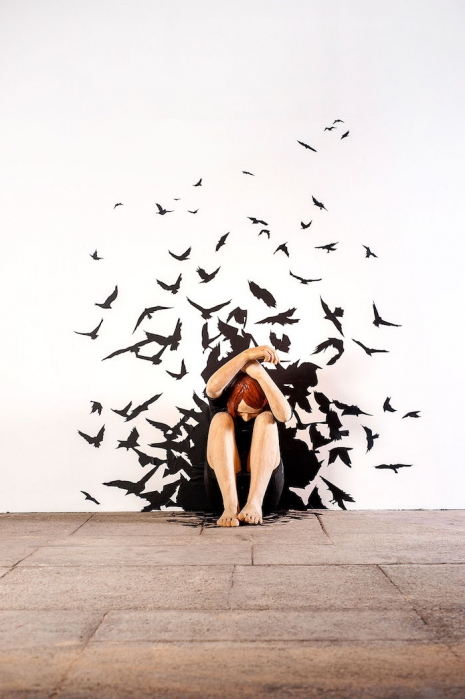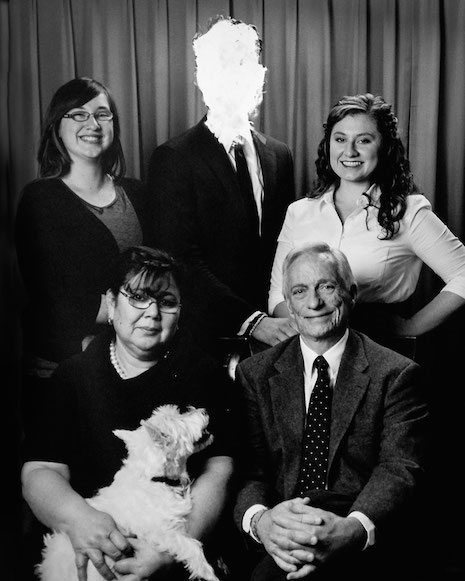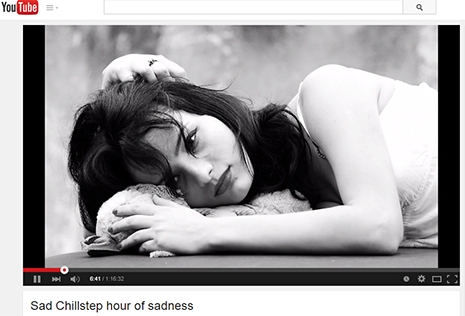
Today we’re going to talk about discovering new things outside our sphere of existence and rediscovering old, dark things deep within. Chillstep and sadness.
Even with a house full of music on nearly every physical consumer format produced in the past 100 years, I still sometimes opt to do my listening online, through a pair of shitty little computer speakers, because the Internet makes it too easy to stumble effortlessly into new sounds. Earlier this week, I was on a late-night tear through YouTube, following links, uncovering new music, and rediscovering lost tracks from my youth, when a link on the right side of the screen grabbed my attention: “Sad chillstep hour of sadness.”
Chillstep? Something I’ve noticed as I’ve gotten older: It’s not just that I don’t recognize the names of the new bands that “the kids are into” anymore, I don’t recognize names of entire genres—a harsh confirmation of one’s out-of-touchness. My first thought as I clicked the link was, “Chillstep is not even a real thing, right?” My second thought was, “I like sadness, let’s see how sad this thing really is. Bring it.”
A few seconds of buffering and I was into the sad hour of sadness. It struck me that “chillstep” was nothing at all like what I had imagined it would be—I was waiting for some wub wub wubs or some “drops” that never actually dropped. In fact, the whole thing sounded to me like a poppier trip-hop with what I usually describe as “new style girl vocals,” because, again, I’m totally old, and I was never really all that great at differentiating electronic music genres to begin with (though I can explain the difference between any type of “core” you care to name). As a tangent, let me interject here that when I say “new style girl vocals,” it’s not meant to demean or infantilize women—I find these particular adult female singers have a talent for sounding really young.

Zoe Johnston, adult female featured on the “sad chillstep hour of sadness”
So there I was listening to this “sad chillstep hour of sadness” wondering, “What makes this genre ‘chillstep’ as opposed to ‘downtempo’ or ‘triphop’ or ‘chillout’ or whatever,” and I decided to look to the YouTube comments for clues. What I found in that comment section did not answer my question, but instead, I discovered post after post of brutally real, absolutely heartbreaking stories of depression and suicidal thoughts. I spent the entire “hour of sadness” reading through the 500+ posts. Remarkably, there was very little trolling or assholeishness that I typically associate with YouTube comments sections. YouTube commenters are notoriously some of the biggest jerks on the Internet, but incredibly, that was not the case here. The sage advice of “never read the comments” did not apply in this instance. I couldn’t help but read ALL the comments, most coming from teenagers, who were experiencing depression, loss, and profound anguish.
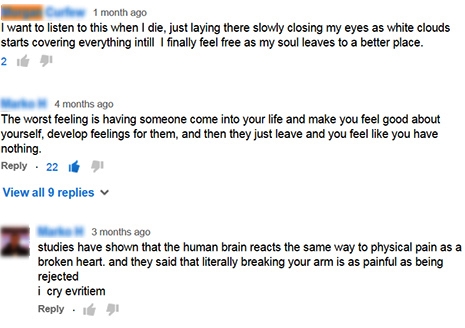
Scrolling through these meaningful expressions of sorrow and desperate cries for help reminded me exactly of what my own teenage years were like. Though I didn’t have the Internet to share those thoughts with the world, it was always music—melancholic, depressing music, that helped to ease my pain. The fourteen-year-old me didn’t have a “sad chillstep hour of sadness,” but he did have a “sad goth 90-minute mixtape of sadness.”
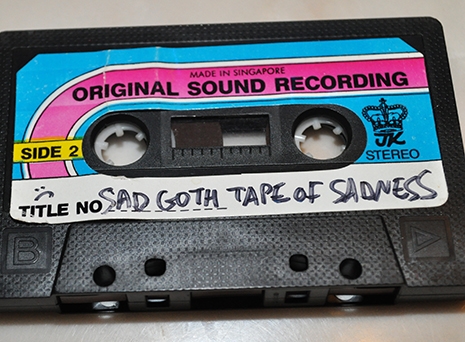
It looked something like this.
Continuing to scan comment after comment of kids wishing for their own demise, I was reminded of the urban legends surrounding the 1930s recording “Gloomy Sunday,” also known as the “Hungarian Suicide Song,” which was purportedly banned from radio airplay for causing a number of suicides. Of course, it’s a “chicken or the egg” argument—did they kill themselves because of the song, or were they attracted to the song because they wanted to kill themselves? Perhaps this chillstep mix is the modern equivalent of “Gloomy Sunday” in that both are more likely to be attractive to people who are already depressed and suicidal, rather than being the actual cause of their desperate final action.
What I found most striking about stumbling onto this mix and its adjoining comments was the sociological significance of the music being a beacon to so many people of a particular emotional state—how the music reflected that emotional state and became a community for these people to express their sorrow. There are the clichés of the morose cafeteria lunch-table of goth kids, or emo kids, or, now I guess, chillstep kids—but these communities are naturally occurring phenomena when cultural forms reflect and acknowledge feeling. It just so happens that in this case, because of the Internet, we are watching this community develop publicly, in real time.
Listen to ‘Chillstep hour of sadness’ after the jump…
Posted by Christopher Bickel
|
04.10.2015
09:57 am
|
